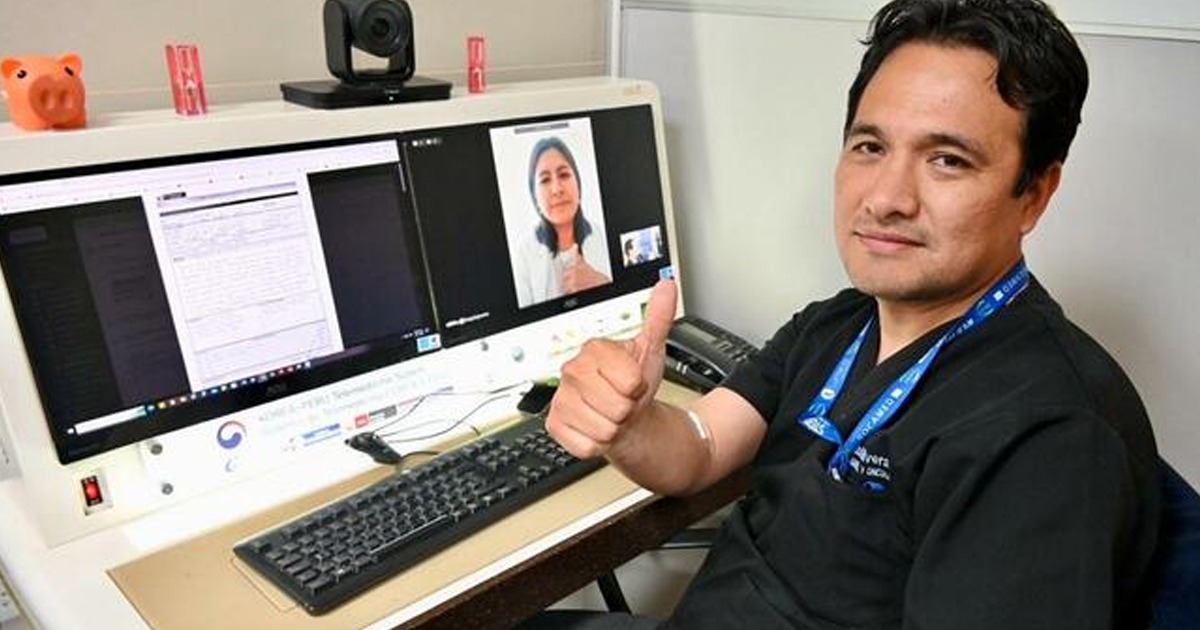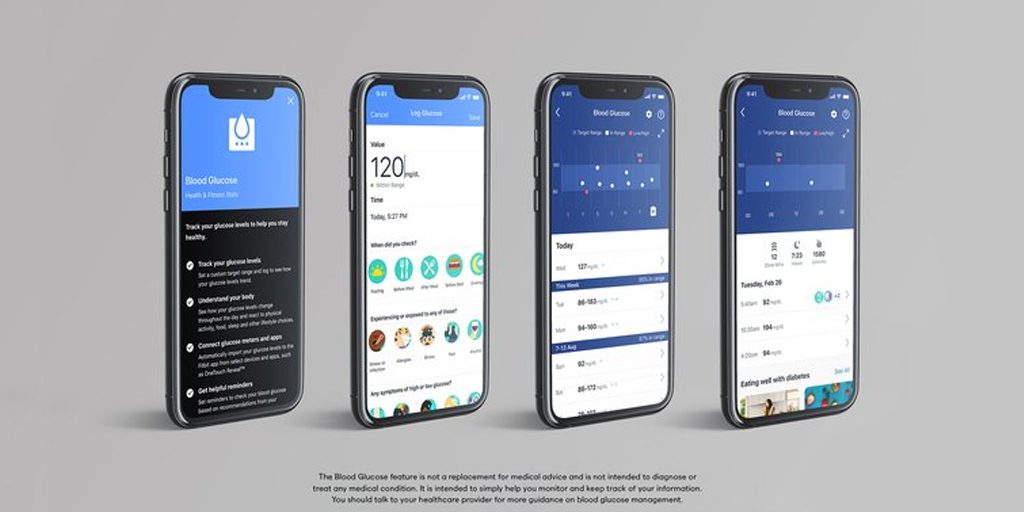Through the IBM Watson Health Digital Health tool, a white paper on lost information in radiology using Artificial Intelligence (AI) was published.
Missing information or findings is a relatively common and well-known problem in radiological studies. This problem is caused by various factors, such as reader fatigue, even a distraction by the professional in charge.
For example, the detection of lung nodules through radiological images can be very complicated, since cancer detection programs are used for this, which can overload the system. In this sense, this can lead to erroneous results and even lawsuits against specialists for malpractice.
The AI tool was developed through image and text algorithms that jointly analyze computed tomography (CT) studies and radiology reports.
“The algorithm is designed to detect any non-calcified pulmonary nodule with a diameter greater than 6 mm. The text AI algorithm determines if any pulmonary nodules were mentioned in the associated clinical report. If a pulmonary nodule is identified on the imaging study, but is not mentioned as present in the text of the radiology report, the study is identified as having a missing potential pulmonary nodule,” the study explains.

The research involved CT scans from hospitals in the UK and the US. Studies that were identified by the AI as potentially failing to detect lung nodules were reviewed by the American Board of Radiology (ABR). In this way, the imaging studies with nodules detected and the radiological studies without reported nodules were reviewed by specialists.
“This study demonstrates the utility of our AI tool in identifying missed lung nodules in a large and diverse set of CT scans of the chest and abdomen that reflect a real clinical setting. Of a total of 32,134 studies, 100 true missed nodules were identified with only 315 false positives”, concludes the study, which was presented during the AIMed summit.
You can consult the full study at the following link: https://ai-med.io/wp-content/uploads/2022/05/IBM_Watson_Health_Imaging_AI_Research_Missed_Lung_Nodules_White_Paper_1_1.pdf






